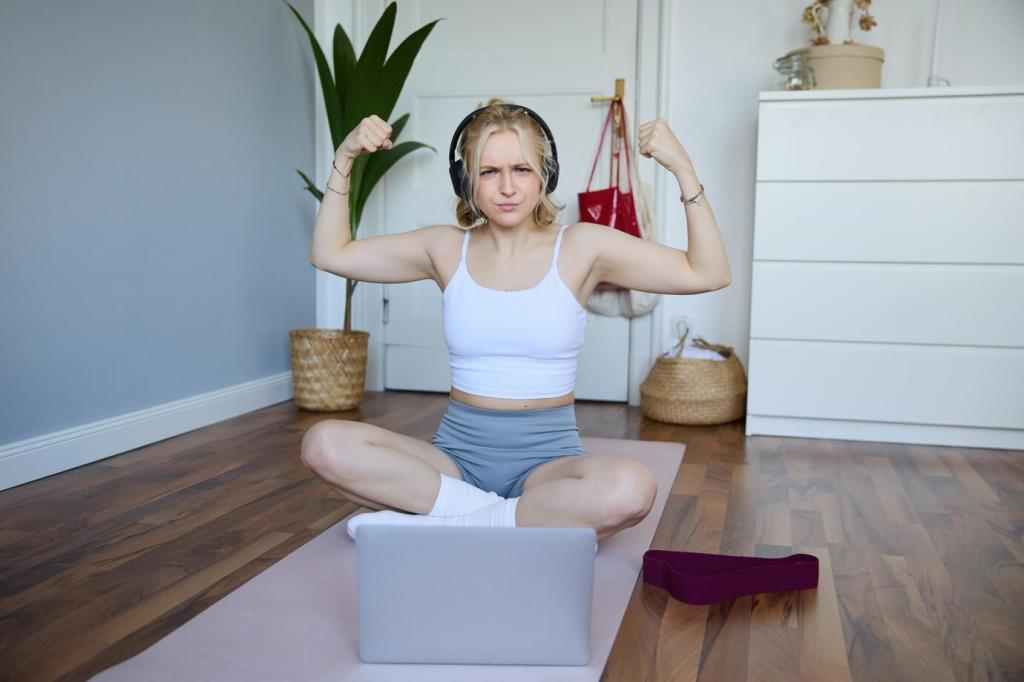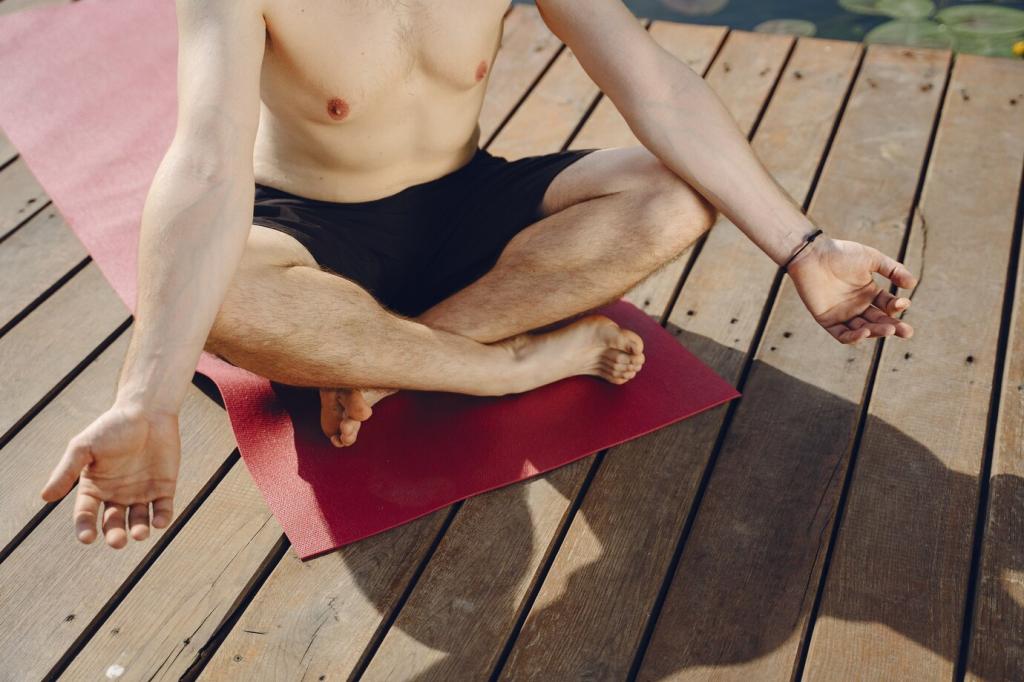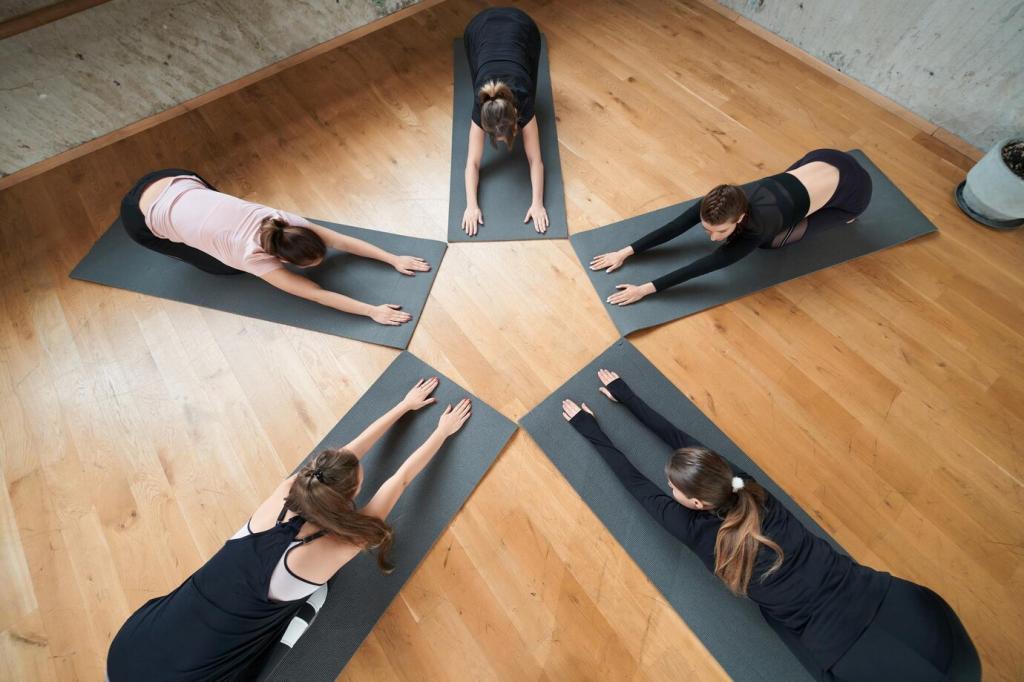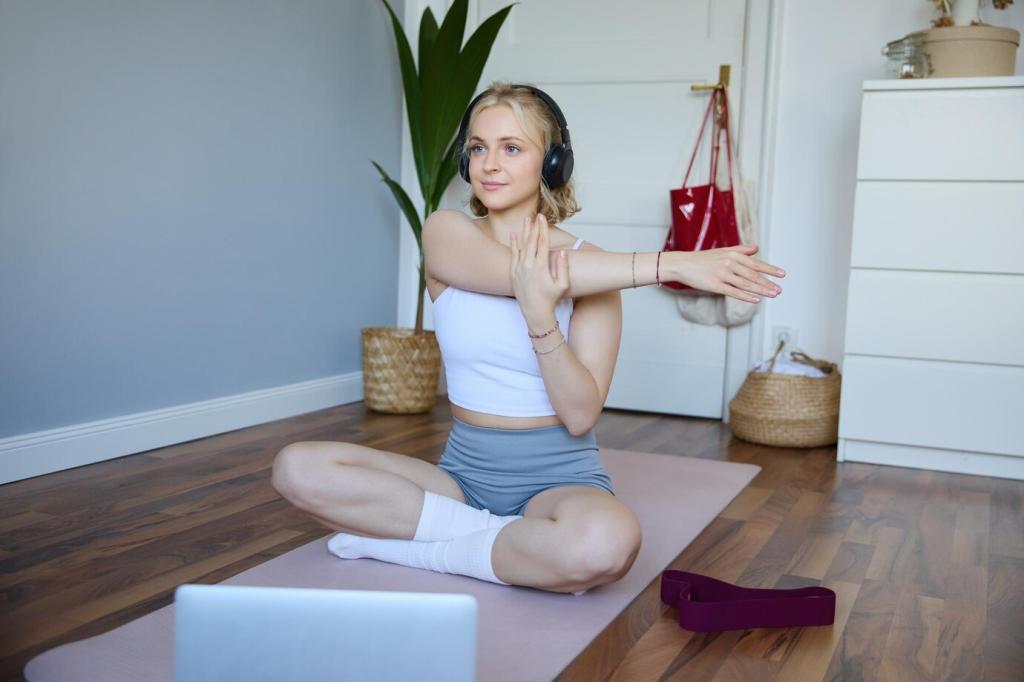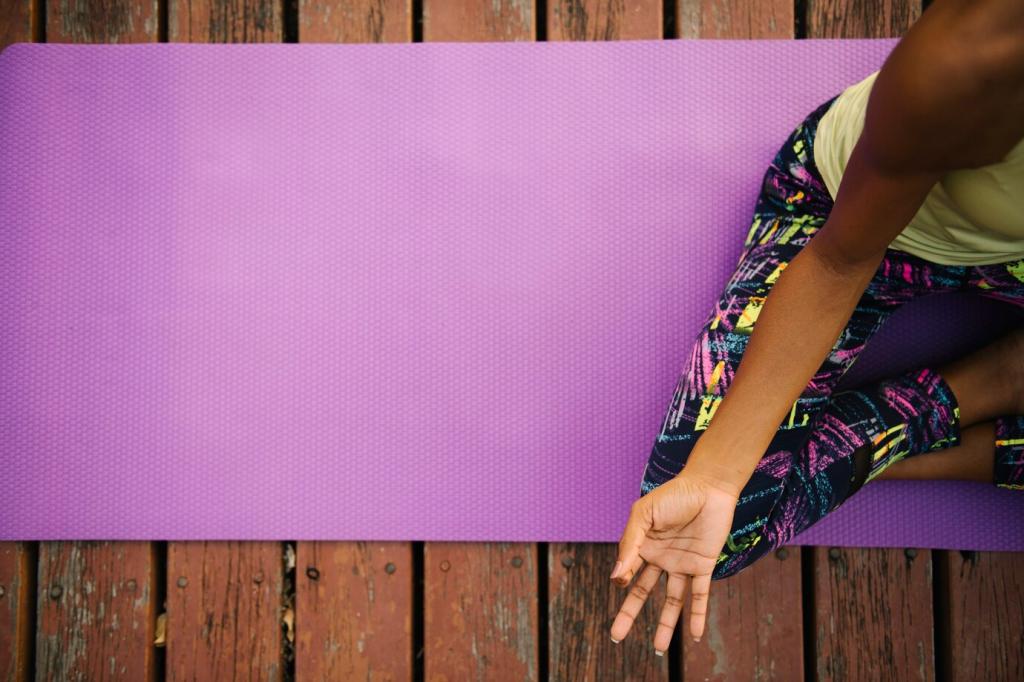The Science Behind Yoga and Immune Resilience
Slow, controlled breathing stimulates the vagus nerve, nudging the body out of fight-or-flight and reducing pro-inflammatory signals. Research links improved heart rate variability with better immune adaptability. Try five minutes daily and share your experience below.
The Science Behind Yoga and Immune Resilience
Unlike blood, lymph relies on muscular movement to circulate. Gentle flows, twists, and rhythmic sequences help mobilize lymph, supporting immune surveillance. Notice lighter sinuses and clearer energy afterward? Comment to inspire others to keep moving consistently.
The Science Behind Yoga and Immune Resilience
Chronic stress dampens immune function and disrupts sleep. Mindful yoga reduces cortisol and supports natural killer cell activity, frontline defenders against infections. If this resonates, subscribe for guided sessions designed to calm the mind and fortify your body.
The Science Behind Yoga and Immune Resilience
Lorem ipsum dolor sit amet, consectetur adipiscing elit. Ut elit tellus, luctus nec ullamcorper mattis, pulvinar dapibus leo.



